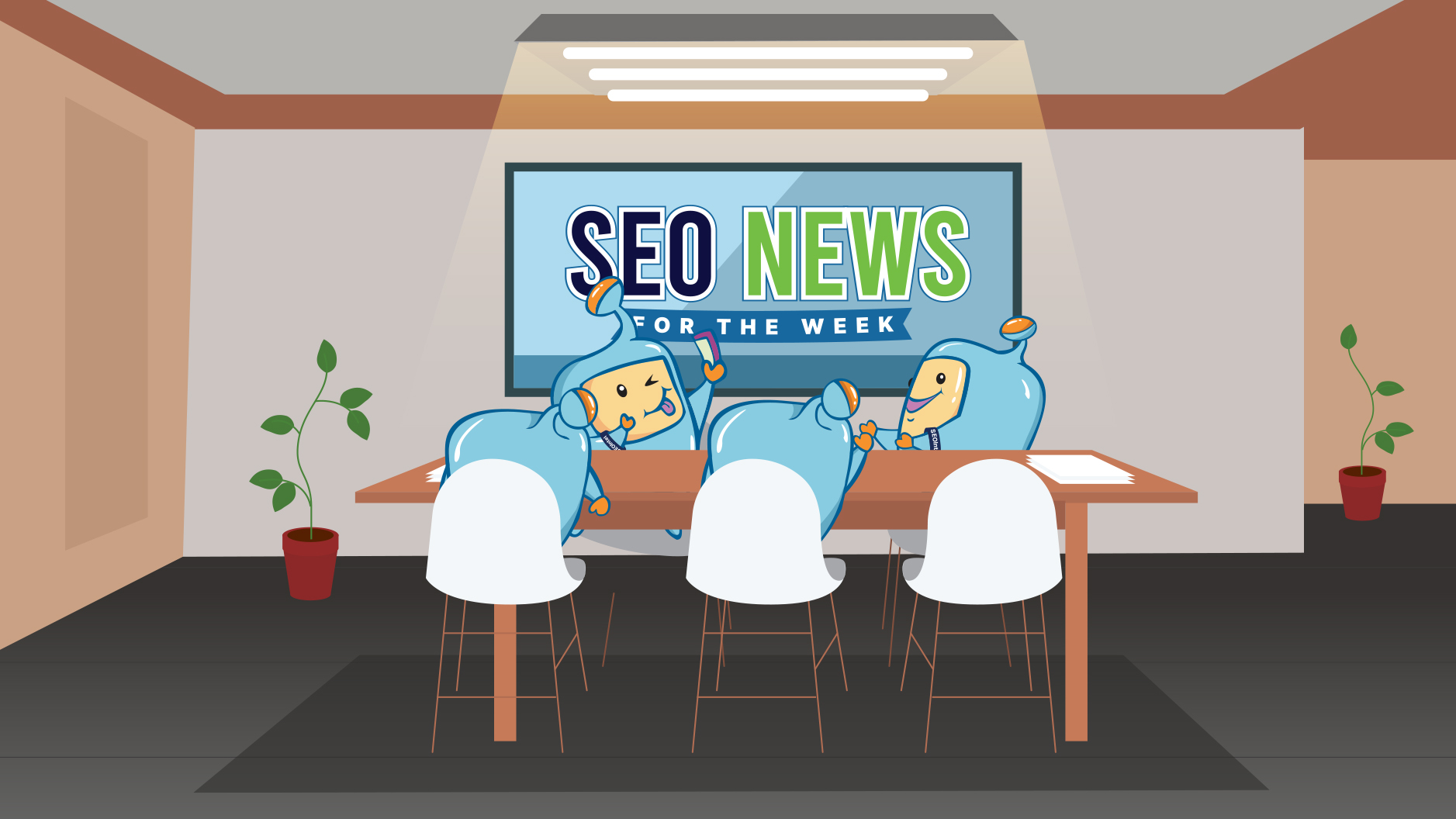
This week’s roundup zooms in on how AI is continuing to reshape the digital landscape—from search behavior and ad targeting, to the very tools we use to create and optimize content. Google says AI in Search is leading to more queries and better clicks, while OpenAI introduces GPT‑5, a massive leap forward in multimodal reasoning and trust. And for advertisers, fresh updates to Performance Max bring sharper insights and more control to your campaigns.
Let’s unpack what these mean for SEOs, marketers, and content creators alike.
Google has released a blog claiming that AI-powered changes in Search—like AI Overviews and AI Mode—are increasing the number of search queries and leading to “higher quality” clicks. The company argues that this evolution is improving the overall user experience, despite growing concerns from publishers and site owners about declining organic traffic.
So, is AI helping or hurting? Let’s break it down.
AI-Powered Search: More Queries, Better Engagement
According to Google, AI Overviews and conversational search tools are allowing users to ask more complex, natural-language questions, which they may not have asked before. These new entry points—enabled by AI Mode and mobile features like Circle to Search—are creating opportunities for users to explore topics more deeply and engage with more diverse content.
Google states that clicks remain flat year over year, but the quality of those clicks is improving—defined as visits where users don’t immediately bounce back to the results page. In other words, AI is allegedly helping users find more relevant content faster and stick with it longer.
But Publishers Are Seeing Fewer Clicks
While Google presents an optimistic view, numerous studies and reports tell a more nuanced story. Most notably, a recent Pew Research study found that users are significantly less likely to click on traditional links when an AI Overview is present. This trend has been echoed by SEO communities and publishers who are experiencing noticeable drops in traffic—especially those that rely on informational queries now answered directly in the AI summary.
The reality is that AI Overviews often satisfy the user’s intent without a click, creating what’s known as a “zero-click search.” This has led to concern that Google’s evolving search interface is becoming more self-contained—limiting traffic flow to content creators and website owners.
Is the AI Experience Good for the Open Web?
Google’s response emphasizes that high-quality content still plays a central role in Search, and AI features like Overviews are designed to link prominently to relevant sources. In fact, Google claims that AI-enhanced searches may even surface content that might not have ranked as highly in classic results—thus “broadening the range of useful links users visit.”
However, for many site owners, visibility alone isn’t enough. If AI Overviews reduce the need for clicks—even while citing sources—publishers still lose out on traffic, conversions, and ad revenue. This shift is pushing SEOs to rethink what it means to optimize for discovery in a world where clicks aren’t guaranteed, even when rankings are strong.
Key Takeaway: Evolve Your Strategy, Don’t Panic
While the long-term impact of AI in Search is still playing out, one thing is clear: the search landscape is changing, not disappearing. Sites that continue to offer unique, in-depth, and trustworthy content still have a place in AI-enhanced results. But SEOs must adapt by:
Google may be optimistic about AI’s impact—but for content creators, the key is evolving with it, not against it.
OpenAI has introduced GPT‑5, its most advanced AI model to date—promising a leap in intelligence across multiple domains. This “unified system” uses an intelligent router to decide when to deliver quick responses or engage deeper reasoning, ensuring optimal, expert-level answers depending on the task.
Key Features That Set GPT‑5 Apart
Why GPT‑5 Matters for SEOs and Marketers
While these innovations may sound technical, they have practical implications for SEO and content strategy:
Final Takeaway
GPT‑5 marks a pivotal step in AI evolution—delivering expert-level responses, and balancing speed with precision. For digital marketers and SEO strategists, it’s about adapting content to harness this shift: deeper reasoning, multimodal visuals, and higher trustworthiness. Whether you’re drafting blog posts, generating code, or optimizing AR-rich content, GPT‑5 offers tools that could significantly elevate your creative and analytical edge.
Google rolled out a suite of updates aimed at enhancing campaign control and insight within Performance Max. These features reflect Google’s ongoing effort to empower advertisers with greater flexibility in targeting, diagnostics, and creative optimization.
New Tools to Refine Audience Reach
Advanced Insights for Growth and Diagnostics
Smarter Creative Performance Tracking
Why It Matters for Advertisers
These updates significantly boost the strategic control advertisers have over their Performance Max campaigns:
Final Takeaway
With these enhancements, Performance Max is becoming more transparent and flexible—merging automation with advertiser-led strategy. Whether you’re refining audience reach, enhancing performance tracking, or polishing your creative assets, these tools offer practical ways to optimize campaigns on the path to better results.
As AI continues to evolve, it’s not just transforming how users search—it’s reshaping how we approach optimization, advertising, and content strategy. Whether you’re testing GPT‑5’s creative edge, reviewing your Performance Max setup, or simply tracking how AI affects click behavior, staying informed is key. We’ll keep watching the trends and updates so you can stay a step ahead in this fast-moving space.